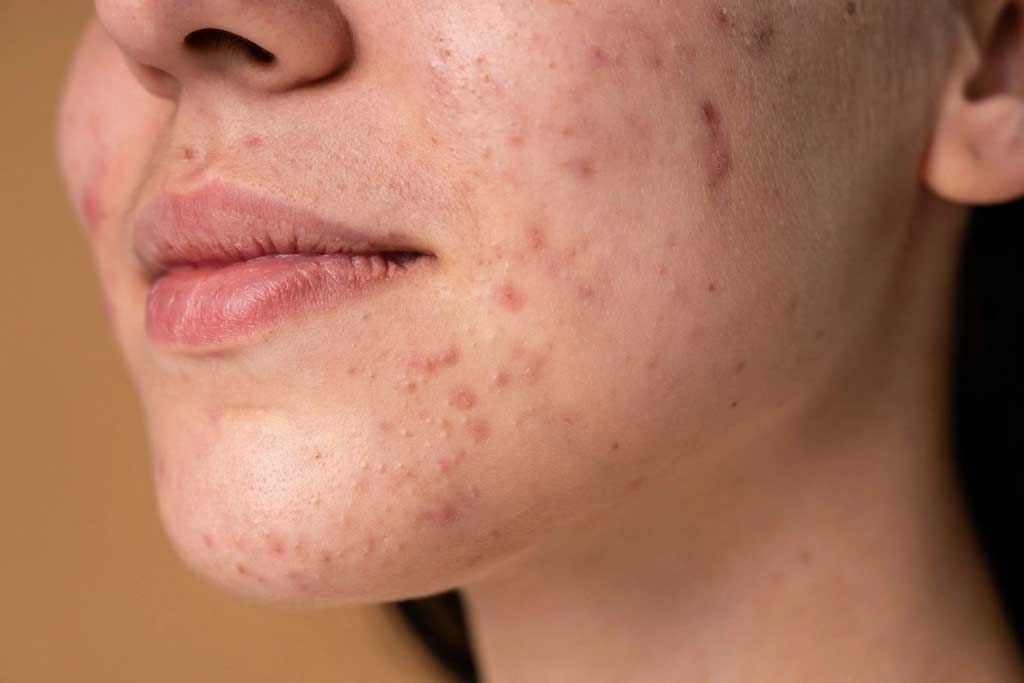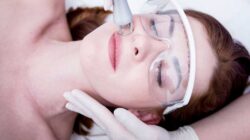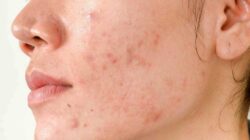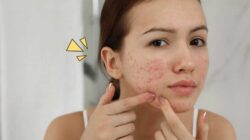Acne is one of the very common skin problems that can affect one’s confidence and looks. The problem of acne is not only during the breakout. Many people have to face the ugly truth of how acne scars can leave a long-lasting impression. But what to do with the scars? Before you do anything, be sure to know your condition and act accordingly. Here is the info to learn further.
5 Things You Should Know About Acne Scars and the Treatments!
1. The Risk of Scarring
Just because acne is pretty common, it does not mean that everyone can get scarring. The idea is that different people may scar differently, sometimes depending on the acne type, treatment type, or duration. The common moderate acne such as pimples, blackheads, or whiteheads short time may not experience scarring.
However, the more severe acne will or can create deep crates and scarring. It is also best to underline that blemishing is avoidable, and one of the best ways to avoid is to never pop or squeeze the acne. But again, identifying and determining the risk is hard for every people. All because acne and skin conditions also have a relation to genetic or skin types.
2. Hypertrophic and Keloid
Talking about the acne scars type, it is best to the less severe ones. The types are Hypertrophic or keloid. Both of these blemishes are appearing or developed above the top layer of the skin. This condition happens because the said scars type forms because of too many collagens, in other words, your body’s healing process is doing it too much.
Despite similar conditions, Keloid and Hypertrophic are different. The hypertrophic scars are similar to wound healing, where the heap of skin piles up and makes it feel raised or bumpy. It also tends to have a pink or red color. It is very common and can happen anywhere on the body, to both genders, and often found in the torso.
Keloids are the more severe condition, where the scarring can grow larger than the original wound. At the later stage, it will be slightly raised, expands, and can continue to grow even after the original wound has healed. Which one will you get? It is hard to pinpoint since some people might be more prone to develop keloids than hypertrophic acne scars.
3. Treating Hypertrophic and Keloid
Caring for or treating both conditions needs to be gentle and avoid aggravating the skin. Or else it will lead to worsening keloid. In this case, the options to take care of the problems include cryotherapy, laser therapy, silicone sheets, surgical removal, or corticosteroid injection. The option will depend on the situation or the severity of your blemishes.
4. Anthropic Scars Types
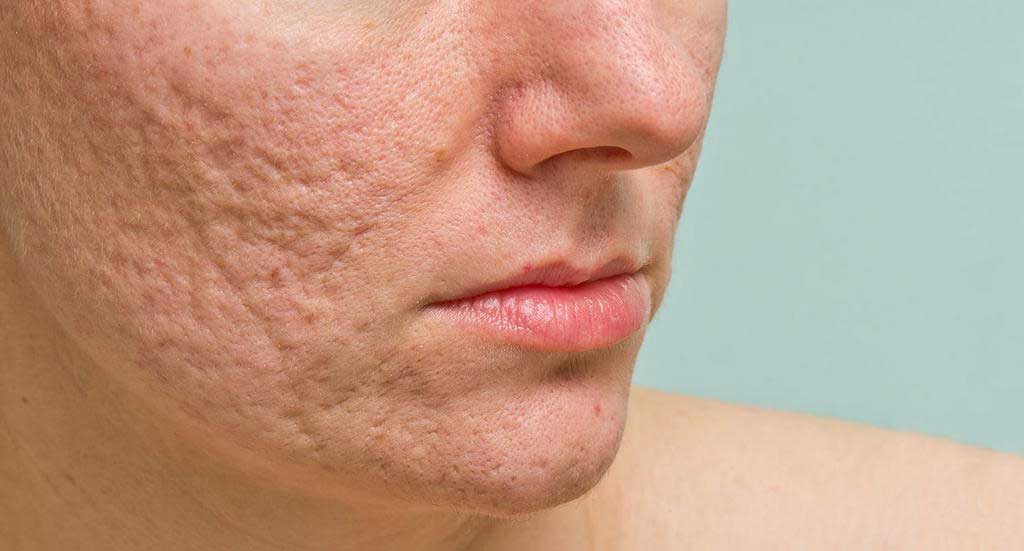
If the previous scars are having excess skin, the Anthropic is the exact opposite. It is where the skin loses its tissues, thus creating either flat or shallow depressions below the top layer of skin. The anthropic scars are mostly happening due to severe acne problems, such as cystic acne. But its appearances are categorized onto three different types.
The first one is Ice Pick Scars. As the name says, it has the appearance of a tiny ice pick or sharp instrument holes. Most of the time, the acne scar is developed due to severe acne situations that include infection or inflammation. It is very common to happen on the skin, very tough to treat, and appears with many narrow indentations pointing down into the skin’s surface.
Boxcar Scars is the second condition with the characteristic of broad and box-like shaped scarring area with defined edges. It can happen around the lower cheeks and jaws, where the skin is thicker than others. What causes this blemish area is known to be something similar to chickenpox, varicella, or widespread acne with a red itchy rash.
The last anthropic blemish is the Rolling Scars. The main characteristic of this condition is sloping edges looks, which make the skin appear uneven or wavy. Thankfully, this blemish is bound to blend properly appearance-wise. But it sure adds dent on the skin since the epidermis is pulled or sunk to deeper structures of the skin.
5. Treating Anthropic Scars
Due to the different severity of the scars, anthropic scars have different ways to treat. It also indicates that the condition is more severe compared to the over-the-skin scars form. Always best recommended to talk to a doctor to fully understand the regime for the anthropic acne scars treatment.
In many cases, you can put the treatment or remedies into two different stages. The first stage is with the help of a dermatologist’s office or doctor. You might have to get some chemical peels, dermabrasion, laser therapy, microneedle, punch grafting, and many more. Your treatment will depend on the blemish condition.
Stage two is about the discoloration treatment. It is something that you can consider with at least two types of medical help, chemical peels, and laser therapy. Other than that, you will need to make a habit of using sun protection or a similar routine. If you are up for home treatment, consider OTC or over-the-counter retinoids. It will encourage collagen formation and even out your skin.
What Is the Most Difficult Acne to Treat?
It is best to learn that the most difficulty is based on how severe the condition is. Just because the hypertrophic is on the surface, you can simply ignore the condition. The condition can get even more severe if you have the wrong treatment. So, be sure to get a consultation with a doctor or dermatologist for the best solution.
But talking about the worse and the most difficult acne scar, the crown goes to the icepick scarring. The name has explained the condition. The V-shaped scars under your top layer of skin are clumped on a narrow area. It can also appear with small oval holes looks. What makes it worse is that icepick can go deeper under the skin, making it more difficult to heal.
It is best to not underestimate the scarring condition because of acne. All because the scarring can leave a lasting image, something that will lower one’s self-esteem. At one point, scarring due to acne can turn into a complicated and serious condition. Be careful in taking care of it. If needed, always consult to a dermatologist before executing some ideas.
